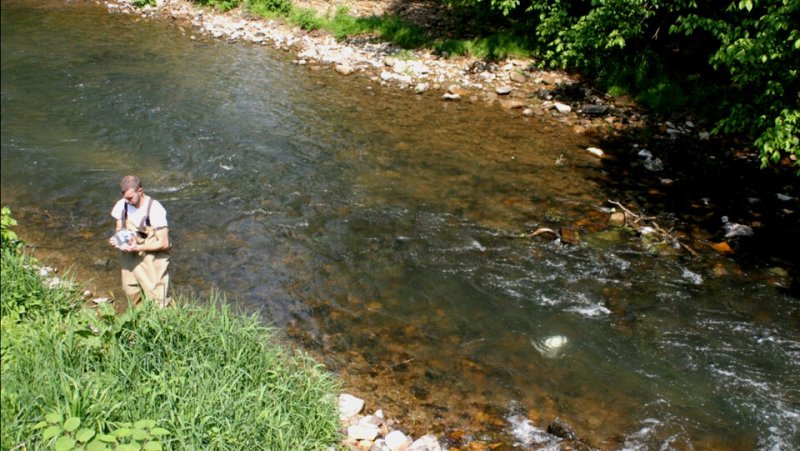Pesticides thought to harm some kinds of bees are turning up in Great Lakes tributaries at unexpected times of the year. Neonicotinoids — or neonics for short — are used on crops, in gardens, and in pet flea medicine.
A recent study by the U.S. Geological Survey found at least one such chemical in more than 70 percent of samples from Great Lakes streams.
…
Co-author Michelle Hladik of the USGS says … the chemicals sprayed on farms aren’t breaking down as they should.
…
Laura Campbell with the Michigan Farm Bureau’s agricultural ecology department [says] there aren’t many good alternatives to neonics. “They are promoted as some of the safer pesticides for use on the market that still have the effectiveness to maintain the safety and quality of our food supply,” she said.
Read full, original post: Pesticides Widespread In Great Lakes Streams































